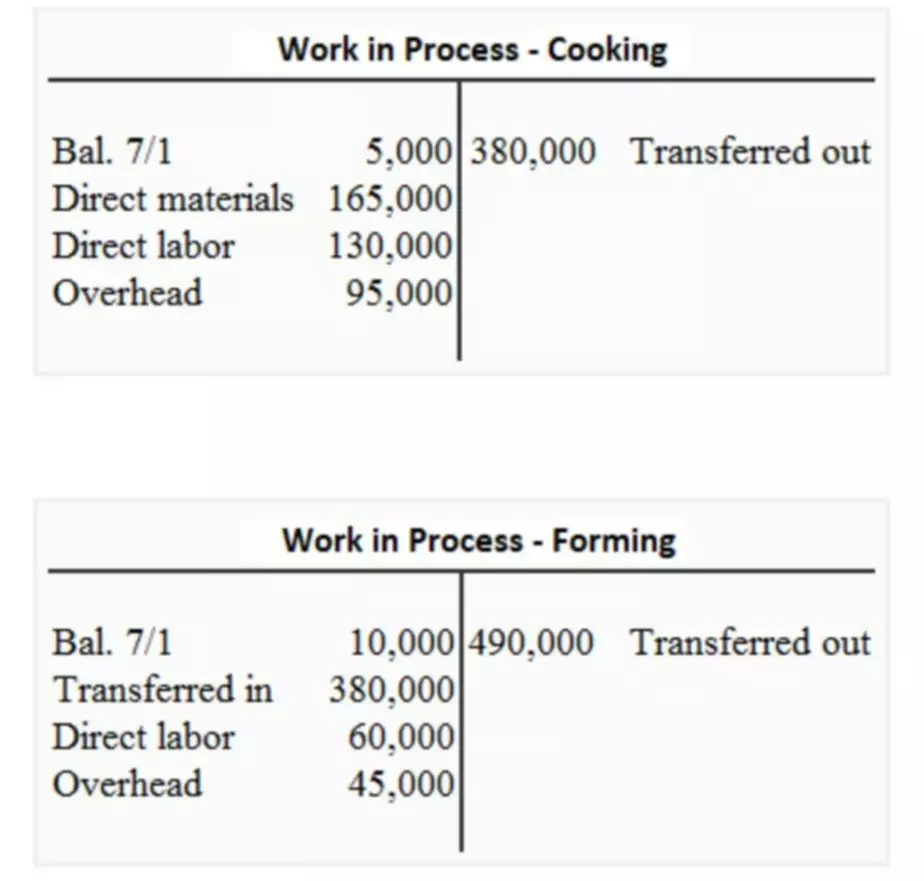Content

The balance sheet is the foundation of the double-entry system. This works with realaccounts – that means that you record the current financial state of your company according to various plans, at both the beginning, and the end of each fiscal year. This way, you can keep track of where, when, and what you spend your money on, as well as where your money comes from. Double-entry accounting (also referred to as double-entry bookkeeping) makes it possible for you to keep your business processes manageable. But from when and for whom is double-entry accounting recommended? Double-entry accounting really isn’t as complicated as it looks at first glance.
- Total assets must always equal total liabilities plus equity of a business.
- Similarly, the shopkeeper records the amount on the credit side, and the product taken out of the inventory becomes a debit record.
- The double entry system of accounting is critical in ensuring all errors have been detected and financial statements of the business prepared accurately.
- Origins of the debit and credit systemdates back to the late fifteenth century.
- Accounting has played a fundamental role in business, and thus in society, for centuries due to the necessity of recording transactions between parties.
- They serve as a key tool for monitoring and tracking the company’s performance and ensuring the smooth operation of the firm.
Therefore, if you’re following the double-entry accounting method, you’ll record the sale amount as an increase on your cash account and a decrease in your inventory account. Honestly, if you use bookkeeping software, that’s nearly all you need to know about double-entry accounting. Most accounting software systems automatically use double-entry bookkeeping to make your accountant’s life easier come tax time and give you peace of mind about your books’ reliability. But if you keep your books by hand—or simply want to know more about what double-entry bookkeeping is and how it helps your business—we have a more thorough overview below. In double-entry bookkeeping, debits and credits are terms used to describe the 2 sides of every transaction.
Finding The Best Double-Entry Accounting Software
It is necessary for an overall picture of your business finances. Just as the accounting equation must always balance,total debits must always equal total credits. In double-entry accounting, each transaction affectsat least two accounts. As you can imagine, if you have a transaction that affects a dozen accounts, it can be really hard to keep track of it all in a long algebra equation. Rules Of AccountingAccounting rules are guidelines to follow for registering daily transactions in the entity book through the double-entry system. Here, every transaction must have at least 2 accounts , with one being debited & the other being credited.

In other words, overall debits must always equal overall credits. For example, if an asset account is increased or debited, either a liability or equity account must be increased or credited for the same amount. To illustrate double entry, let’s assume that a company borrows $10,000 from its bank. The company’s Cash account must be increased by $10,000 and a liability account must be increased by $10,000.
Should I use double-entry accounting for my business?
Using these, you can take your balance sheet at the end of the year and see how much revenue your company has earned you, taking into account all costs accrued and revenues generated. Double entry accounting definition would refer to all the transactions that include two accounts being opened. Also where yearly business insurance is paid the Cash asset in the business will decrease as the Business insurance asset increases. It’s also the case with employee salaries where the business’s Salary Expense will go up and the Salary Payable liability account increases. Also once workers’ salaries have been released, both the Salary Payable account and the Cash account will decrease.
Origins of the debit and credit systemdates back to the late fifteenth century. Debits increase expenses and assets and decrease liability, revenue, or equity accounts.
Example 3: Paying for Business Expenses
The double-entry system also requires that for all transactions, the amounts entered as debits must be equal to the amounts entered as credits. You always list an increase in assets in the debit column and a decrease in assets in the credit column. If the total amount in your debit columns matches the total amount in your credit columns, your books are balanced. If the amounts don’t balance, there’s an accounting error somewhere in your records. You can dive in and find it before the issue blossoms into a financial crisis.
- Most companies use a balance sheet as part of their bookkeeping to keep a record of assets, liabilities, and equity at any given time.
- Businesses that meet any of these criteria need the complete financial picture double-entry bookkeeping delivers.
- In double-entry accounting, the debits must always equal the credits.
- When you receive the money, your cash increases by $9,500, and your loan liability increases by $9,500.
- If your accounts are being managed manually, this will require the use of more books to track transactions.
Public companies must use the double-entry bookkeeping system and follow any rules and methods outlined by GAAP or IFRS . Real AccountReal accounts do double entry accounting not close their balances at the end of the financial year but retain and carry forward their closing balance from one accounting year to another.